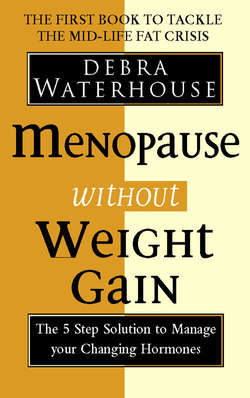Читать книгу Menopause Without Weight Gain: The 5 Step Solution to Challenge Your Changing Hormones - Debra Waterhouse - Страница 17
Genetically Overactive Fat Cells
ОглавлениеIf larger fat cells run in your family, expect more weight gain during the transition. The more you weigh as you enter the menopause, the more you’ll weigh by the time it’s over.
Some of my clients think this makes no sense at all. ‘I already have more than enough stored fat to produce the oestrogen my body needs, so why on earth would my body want to store more?’ Because the female body seems to want to gain a proportionate amount of fat during the transition. In Chapter 1, you learned that midlife fat cells increase their size by about 20 per cent during the transition. No matter if they are small, medium or large at the onset of your perimenopausal years, they are programmed to grow 20 per cent larger. One study found that overweight women gained an average of 1½ stone during the perimenopause, while women at a more comfortable weight gained just under 1 stone.
How do you know if you have genetically overactive fat cells? Laura asked this question, and we explored her lifestyle and family history for the answer. Her 5’9” body was the mirror image of her mother’s. They both had large bones, large breasts and large thighs, and gained a large amount of weight (1 stone 11 pounds) during the transition. Both Laura and her mother exercised, didn’t overeat and didn’t diet. This was where Laura’s body genetically felt the most comfortable. Her lifestyle was not responsible; her genetically overactive fat cells were.
